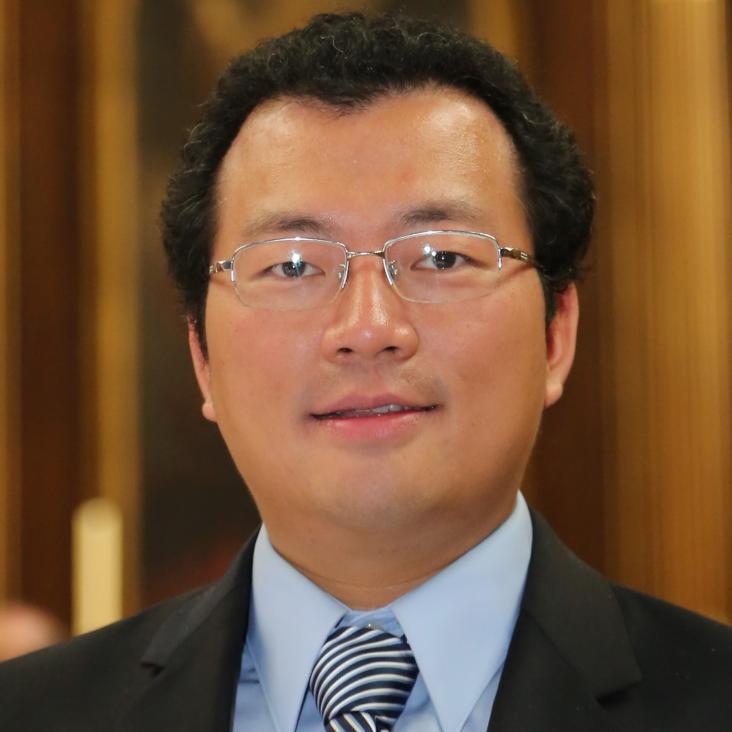Patterning two-dimensional chalcogenide crystals of Bi2Se3 and In2Se3 and efficient photodetectors
Nature Communications Springer Nature 6:1 (2015) 6972
Emergence of the nematic electronic state in FeSe
Physical Review B American Physical Society (APS) 91:15 (2015) 155106
Linear Magnetoresistance Caused by Mobility Fluctuations in n-Doped Cd3As2
Physical Review Letters American Physical Society (APS) 114:11 (2015) 117201
A New Topological Insulator Built From Quasi One-Dimensional Atomic Ribbons
Physica Status Solidi - Rapid Research Letters Wiley 9:2 (2015) 130-135
Abstract:
A novel topological insulator with orthorhombic crystal structure is demonstrated. It is characterized by quasi one-dimensional, conducting atomic chains instead of the layered, two-dimensional sheets known from the established Bi2(Se,Te)3 system. The Sb-doped Bi2Se3 nanowires are grown in a TiO2-catalyzed process by chemical vapor deposition. The binary Bi2Se3 is transformed from rhombohedral to orthorhombic by substituting Sb on ~38% of the Bi sites. Pure Sb2Se3 is a topologically trivial band insulator with an orthorhombic crystal structure at ambient conditions, and it is known to transform into a topological insulator at high pressure. Angle-resolved photoemission spectroscopy shows a topological surface state, while Sb doping also tunes the Fermi level to reside in the bandgap.A new topological insulator built from quasi one-dimensional atomic ribbons
Physica Status Solidi - Rapid Research Letters 9:2 (2015) 130-135


